Aircraft designer Pavel Osipovich Sukhoi was born 120 years ago
Sukhoi Pavel Osipovich was born on July 22 of the year 1895 in the village, and now in the city of Glubokoe, Vitebsk Region in Belarus, in the family of Osip Andreevich and Elizaveta Yakovlevna Sukhikh, a teacher of the public school. By national Belarusian. There were six children in the Dry family: 5 girls and one boy - Pavel. In 1900, the father of the future aircraft designer was offered to head the school for railway children in Gomel, and the family moved to the city. In 1905, Pavel Sukhoi entered the Gomel men's gymnasium, from which he graduated in June 1914 with a silver medal, having excellent marks in ten subjects and good marks in German and Latin. Especially noted were his successes in mathematics and physics.
It should be noted that the future aircraft designer with surprising persistence sought the best education possible. In 1914, he enters the Moscow University Mathematics Faculty. And a year later at the Imperial Higher Technical School (the future of the Moscow State Technical University named after Bauman). At that time, it was the only university in the Russian Empire, which studied the technical and theoretical problems of aeronautics. Here he became a member of the aeronautics group, led by Professor Nikolai Zhukovsky. Even then, Pavel Sukhoi was well aware of what he would like to do in his life. Later, telling his daughter Irina about his adolescence, Pavel Sukhoi noted that the most impressive impression of his childhood years was the demonstration flights over Gomel of the airplane, which was operated by Russian aviator Sergey Utochkin. These flights were carried out as part of a public tour of the pilot in the cities of the Russian Empire.
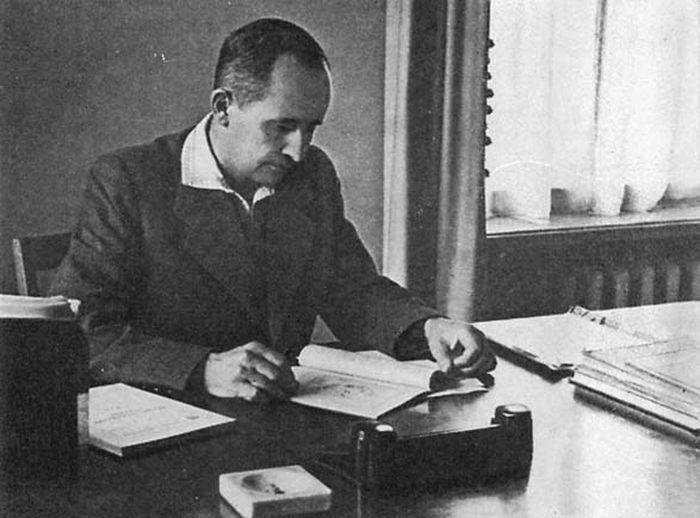
In 1916, Sukhoi was drafted into the army. After completing the School of ensigns in 1917, he was sent to the Western Front in the army, where he served in a machine-gun company, taking part in the First World War. After the October revolution of 1917, the front finally collapsed, and Pavel Sukhoi was demobilized and returned to his native Gomel, where for some time he worked as a mathematics teacher. In the summer of 1921, he decides to go back to Russia and continue his studies. In the fall of 1921, Sukhoi again visits his audiences at the Technical School in Moscow. In 1923, Sofia Feliksovna comes to the capital to help her widowed sister with small children. Pavel and Sophia met by chance on the streets of Moscow. Pavel Sukhoi made an offer to be his wife to his compatriot, to which she answered with consent. 29 April 1925, the couple had a daughter, Irina, and later, in 1932, the son Dmitry.
In 1925, studying for Pavel Sukhoi came to an end. At the same time, Andrei Tupolev already recognized the talent of an aviation designer in Pavel, so he invited a young engineer to work at the ASSC (Aviation. Hydroaviation. Experimental construction) - the design department of the Central Aerohydrodynamic Institute (TsAGI) in Moscow. The future aircraft designer agreed to this work and was sent to the Design team of A.N. Putilov to the position of design engineer.
The education received by the designer helped him to read aviation technical literature in German freely, and also, knowing Latin, to read with the dictionary and in some other European languages - French, English, Italian and some other. All this in some way influenced the successes of Pavel Sukhoi in his engineering and administrative activities. They helped him to translate technical literature and his wife Sophia (from French) and daughter Irina (from French and English).
The first work of the novice aircraft designer was the fighter And-4, and then the all-metal fighter And-14 and a number of other projects. In the 1932 year, Pavel Sukhoi is appointed responsible manager for the design and construction of an RD vehicle (“distance record” - ANT-25). In 1934, this aircraft managed to set a world record of the duration and distance of a flight along a closed route. In 1937, the crews of Valery Chkalov and Mikhail Gromov successfully perform the legendary flights over the North Pole to the USA. And in 1938, the Rodina airplane, DB-2B, designed and built by Pavel Osipovich, the crew of Valentina Grizodubova, Polina Osipenko and Marina Raskova managed to make a record flight to the range.
In the 1938-1939 years, Pavel Sukhoi takes part in the competition for the development of the nearby bomber "Ivanov" and wins the victory in it. With this victory, he sees a unique chance of organizing his own CB. The light bomber Su-2 (“Sukhoi-2”) became the first-born of its design bureau. The machine has been successfully tested and built serially. The aircraft took part in the Great Patriotic War, it was used as a passing bomber and attack aircraft. Crews of more than 900 Su-2 aircraft heroically fought with the enemy in the skies of Belarus, Bessarabia at the initial stage of the war, as well as near the walls of Stalingrad. At the same time, work on the design of more advanced combat aircraft was also actively pursued in difficult war years. In 1943, the designer was awarded the Stalin Prize of I degree for the development of an experienced armored attack aircraft Su-6.
In 1945, the Sukhoi Design Bureau is working on an experienced Su-9 jet fighter, the era of jet aviation begins, in which Pavel Osipovich Sukhoi’s talent unfolds to the full, sparkling with all its facets. Before 1949, the new Su-9, Su-11, Su-15 and Su-17 aircraft are being created, which, in close cooperation with aviation science and, above all, with TsAGI, have been able to work out many new solutions; . By that time, the backbone of the creative team of the Sukhoi Design Bureau was fully formed. But despite this fact, in 1949, the Soviet government decided to change priorities, disbanding Sukhoi’s experienced design bureau. During this period, Sukhoi works as deputy Andrey Tupolev. Under his leadership, was designed modification of the Tu-2 - UTB.
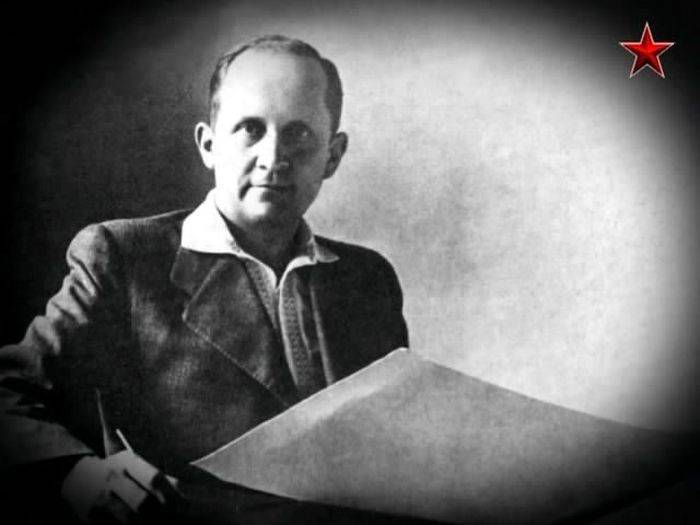
It should be noted that in all his works, which relate to the period from 1925 to 1953 years, one can easily trace the uncommonness of creative ideas, reasonable technical risk and the uniqueness of embodiment in practice. Pavel Sukhoi’s asset as a designer, as well as his associates and design bureau staff can be tagged with the mark “made for the first time” retractable landing gear, wing fuel compartments, smooth metal lining, control booster, ejected pilot seat, brake parachute , the aircraft crew rescue system in a detachable cockpit and much more.
In May, the Soviet government recognized the mistake of 1953, and reappointed Pavel Sukhoi at the head of his own design bureau. He was appointed head of KB-1, whose team since the middle of 1952, studied the fighter "Saber" of the American production. Separate results obtained in the study of the American machine, were used by Sukhy and his design bureau in further works.
In October, 1953, Pavel Sukhoi got at his disposal a production team representing plant No. 51. At the same stage, the plan of work on the Saber fighter was curtailed, but in turn, work on the creation of new aircraft was widely deployed. At this stage, Pavel Osipovich showed his best qualities, confirming the reputation of an excellent creator and organizer, if these concepts should be separated at all. The designer managed in a very short time to rally new for him teams of production workers and designers, while creating outstanding for the flight performance of the machine.
For example, the C-1 aircraft took to the skies in September 1955, that is, approximately two years after the initiation of work on this project. Six months later, the T-3 took off to the sky. Later, under the direct supervision of the famous aircraft designer, several types of aircraft were designed with a large number of modifications, each of which could be called a breakthrough in Soviet and world aviation.
Leading people means foreseeing the future. Pavel Sukhoi possessed this quality, or even a gift, in full measure, this gift was based on his vast experience and intuition. The confirmation of this gift is that he managed to choose the optimal parameters for all of his production aircraft, providing them with a very long life - up to 30 years and more “life” in the sky; this is also confirmed by the creation of a strategic bomber T-4, the possibility of development of which at that time was denied by all reputable industry experts; initiative development of the Su-25 attack aircraft, which became the process of revival of attack aircraft in our country based on the most advanced technologies at that time; the choice of the T-10 aircraft dimensions, the use of instability in the longitudinal channel and the integral layout - solutions that largely determined the success of all Su-27 aircraft.
Technical solutions helped to compete with Soviet and foreign aircraft building firms, many of which were first put into practice:
- on the Su-7 and Su-9 aircraft, an irreversible booster control system was introduced without switching to “manual”, a system of automatic control of air intakes appeared, a fully mobile stabilizer was used, all together allowed to overcome the sound barrier and ensure the aircraft’s speed, which twice the speed of sound.
- on the Su-17 aircraft, a variable sweep wing was introduced, which significantly increased the performance of this combat vehicle.
- on the Su-24 aircraft, a digital computer was used in the sighting and navigation complex, low-altitude flight mode was implemented with overflight of obstacles, which increased the combat effectiveness of the entire aviation complex.
- on the Su-25 aircraft, a combat survivability complex was introduced, which included a fully armored cockpit, the use of porous filler fuel tanks and some other measures that provided a significant reduction in the loss of attack aircraft and pilots in real combat conditions.
- on the T-4 aircraft, titanium and high-strength steel alloys, specially developed for this aircraft, as well as welded structures were widely used, a system of electrical remote control was introduced, a high-temperature hydraulic system was installed with a nominal working pressure 280 atmospheres, there were high-power multi-chamber steering gears with separate switchgear and actuators.
Mastered in the process of development and testing technology became the basis for the creation of the next generation aircraft.
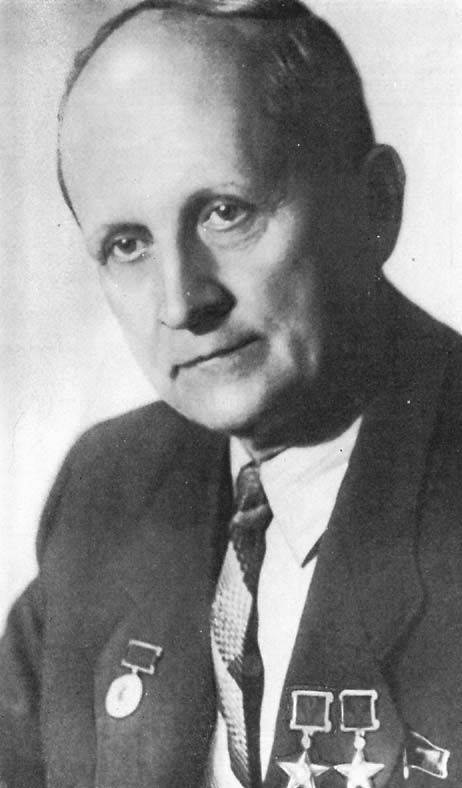
The famous aircraft designer paid great attention to the development of the laboratory and bench base of the company, which began to be created in 1954 the year with the construction of a full-sized stand of a hydromechanical control system. At the same time, all innovations were tested and tested in laboratory conditions on semi-gage stands, as well as flying laboratories. At the same time, the volume of preliminary tests and inspections should have minimized the technological risk of introducing the latest technologies. This approach was reflected in the work of the Sukhoi design bureau, where each department had its own research complex of the appropriate focus.
Pavel Sukhoi lived and worked in Moscow, where 15 passed away on September 1975. He was buried in the Novodevichy cemetery. The memory of the famous designer was immortalized in Russia and in Belarus. In Gomel, a bust of the hero and a memorial plaque were installed on the building of the former gymnasium in which he studied. Also, a plaque appeared in the Russian capital on the house in which he lived, as well as on the building of the Moscow State Technical University named after Bauman. In addition, the Gomel State Technical University (GSTU) was named after Pavel Sukhoi, the streets in Gomel and Moscow. And in 1985, the Pavel Osipovich Sukhoi Museum was opened at school number XXUMX of the city of Glubokoe.
Based on materials from open sources
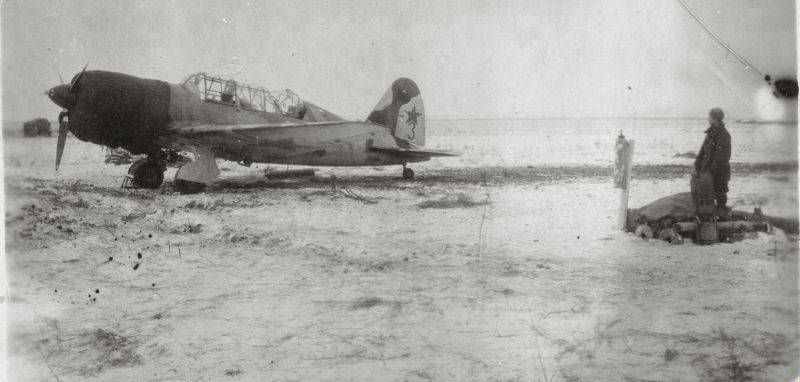
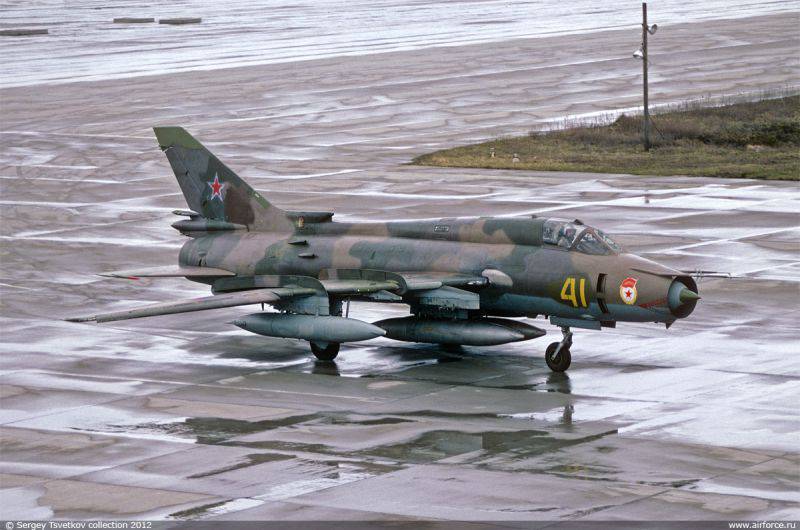
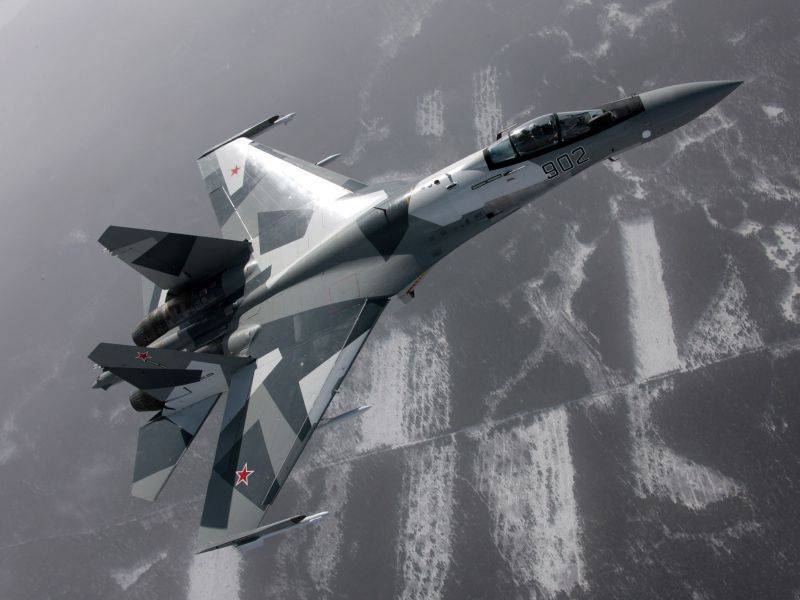
Information